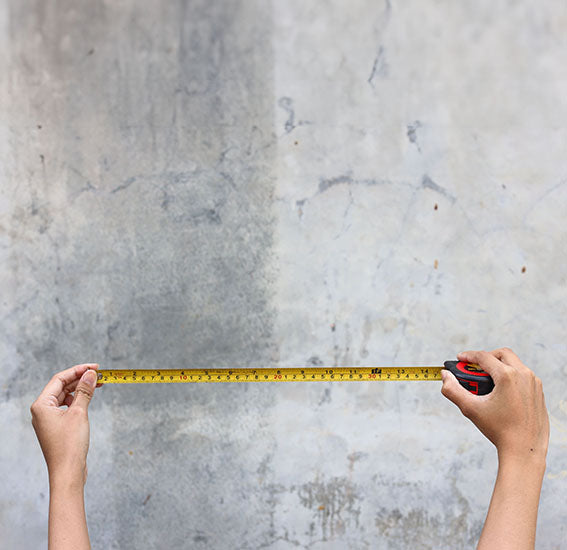Before you Buy
The extensions are designed for UK market. Ensure your property has permitted development rights, check for listed building status, and assess property boundaries and local policies.
-
✓ Ensure Permitted Development Rights
Permitted Development rights in the UK allow homeowners to make certain changes and extensions without planning permission. However, these rights can be removed or altered, such as if your house was converted from another building type, or if it is in a Conservation Area, Green Belt, or Article 4 Direction area. Extensions are also limited if your house already has one, even if it was added by previous owners. For clarification, contact your local council or check their website's planning section.
-
✓ Ensure Sufficient Space
To comply with permitted development rights, the total area covered by the extension and any outbuildings (such as sheds and garages), excluding the original house, must not exceed 50% of the land around the house. Before purchasing our packages, please ensure this condition is met. The extension's width cannot exceed the house's width, and the depth can be a maximum of 3m. For detailed Permitted Development Rights information, refer to the Planning Portal (Class A for extensions).
-
✓ Check for Listed Building Status
If your home is a Listed Building, you must apply for Listed Building Consent. Contact us if you wish to work on a Listed Property. Ensure all modifications adhere to local heritage guidelines and seek expert advice if needed.
-
✓ Read License Agreement
Understand the terms and conditions of use for our architectural drawing packages. This agreement outlines your rights, limitations, and responsibilities to ensure proper and legal usage.
Before you Build
Prepare for construction with essential steps, ensuring compliance with regulations, safety, and a smooth building process from start to finish.

Step 1
Measure Key Dimensions
✓ Measure and record the key dimensions as indicated on the drawings.

Step 2
Hire an Engineer
✓ Send the drawings with dimensions to an Engineer. They should visit your property and create a set of drawings to complement the architectural drawings.

Step 3
Find a Good Builder
✓ Conduct due diligence checks. Verify the builder's records on Companies House to ensure the company is not in debt and has a good track record.
✓ Ask for contact details of previous clients and architects for reviews.
✓ Always request the builder's proof of insurance.

Step 4
Hire Building Control
✓ Engage a Building Control service before starting work. This can be a private company like Stroma or Total BC, or your council's Building Control service. Refer to our FAQ section to learn more about hiring Building Control.
✓ Send them our drawings, including thermal calculations, for compliance review.

Step 5
Check for Public Pipes
✓ Determine if there are any public pipes within 5 meters of your build. If so, you may need to apply for a Build Over Agreement.
✓ Check your local supplier (e.g., Thames Water) for guidelines and permissions required before starting work.

Step 6
Party Wall Agreement
✓ If you have close neighbours or share a wall, you may need to hire a Party Wall Surveyor. Learn more here.
✓ Send notices prior to the works and ensure the Party Wall Surveyor is hired before starting.

Step 7
Sign a Building Contract
✓ Ensure you have a solid contract with your builder. Refer to JCT or RIBA websites for more information. Confirm that your building insurance covers all aspects of the project.